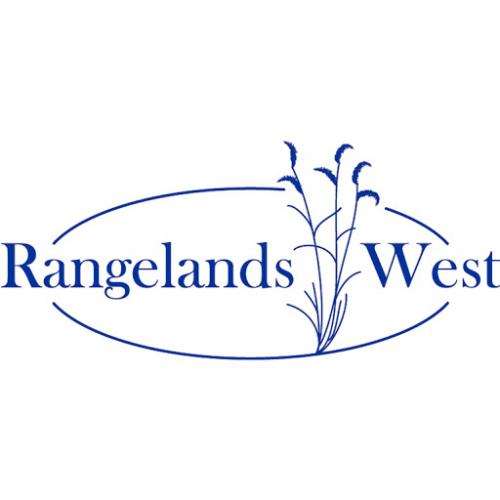When degraded sagebrush communities are converted to grasslands to improve forage production for livestock, impacts on nongame birds occur. Removal of sagebrush results in displacement of the shrub-nesting species which are dominant in degraded sagebrush habitat. However, seeding with perennial grasses results in habitat more suitable for some ground-nesting species which may increase accordingly. When succesional invasion by sagebrush reaches the point where a "sagebrush-grass" community is established, relative abundance of bird species may change, resulting in a well-balanced mixture of both shrub and ground-nesting species. This diverse bird community is a shrub-invaded seeding is a result of the more diverse vegetation structure compared to the single-layered stands of either grasses or shrubs. The time required to reach this point depends on several factors, including extent of sagebrush control, success of seeding establishment, and livestock management.

Articles, citations, reports, websites, and multimedia resources focused on rangeland ecology, management, restoration, and other issues on American rangelands.